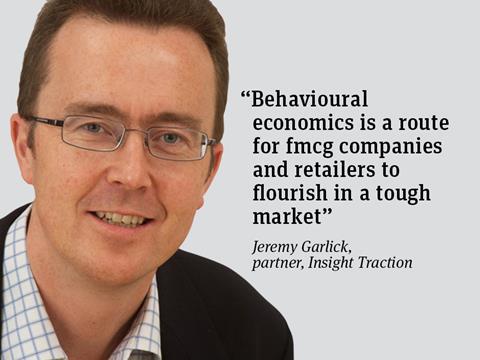
You might think that with such intense pressure on margins and performance, behavioural economics would be considered too academic and “fluffy”. In fact, most big fmcgs and increasingly retailers see in it a route to survive.
So what is behavioural economics and why should it matter?
Behavioural economics is the study of how human beings allocate their attention and make decisions. What holds for humans in general holds for shoppers specifically. Behavioural economics illuminates and helps explain many things we’ve always known - for instance, that not all positions in store and on shelf are equal.
The key question is, how can behavioural economics be applied to create value for retailers and fmcg companies?
First, you have to be seen to be bought. Shoppers tend to shop by colour and shape, reading very little. This has profound implications for pack design - a product’s visual identity is critical. It also explains how iconic brands can play a key role in navigating the shopper around stores. And it tells you that if you are not an iconic brand, you want to be near one on the shelf.
Second, you have to be understood to be bought, at least for the first time. Shoppers have limited cognitive energy. So retailers and brands alike should treat cognition as a precious resource. Making it easy to process information is critical. Brands need to restrict the number of visual elements on pack, with a clear visual hierarchy. Retailers need to signal with absolute clarity the thinking behind layout and flow. We see too much time spent debating what the layout should be and not enough time working out how to signal it to shoppers.
Thirdly, shoppers may see and understand but still waver over buying. But they can be influenced at the shelf, ‘tipped’ into taking the plunge and buying.
Experiments show that humans respond well to reasons when making decisions, even if they don’t deeply consider the merits of those reasons. So offering a simple reason to buy at shelf can be influential. It might be a recommendation, ‘bestseller’, ‘today only’, ‘100% free-range’, and so on.
Evaluations of price and value are relative to what’s nearby, not absolute. So what options are offered where on the fixture will significantly impact the mix of what you sell. For instance, creating a premium bay in an aisle, and directing shopper attention to it, can be an effective growth tactic for a category.
Behavioural economics sounds like common sense. But there is something about starting from the theory that opens eyes in fmcg companies and retailers, getting people to think differently and try new things.
Jeremy Garlick is a partner of Insight Traction









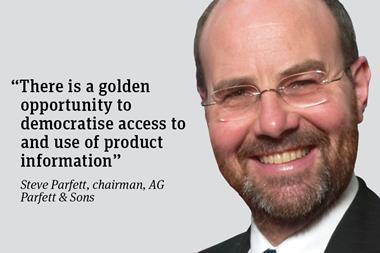
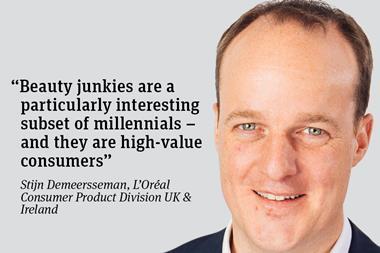
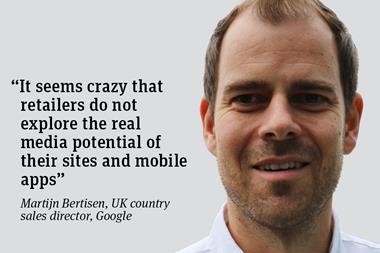
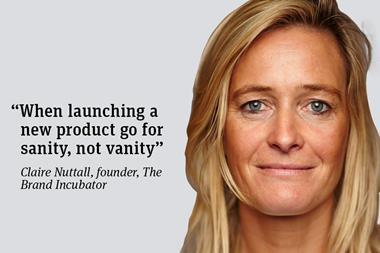






No comments yet